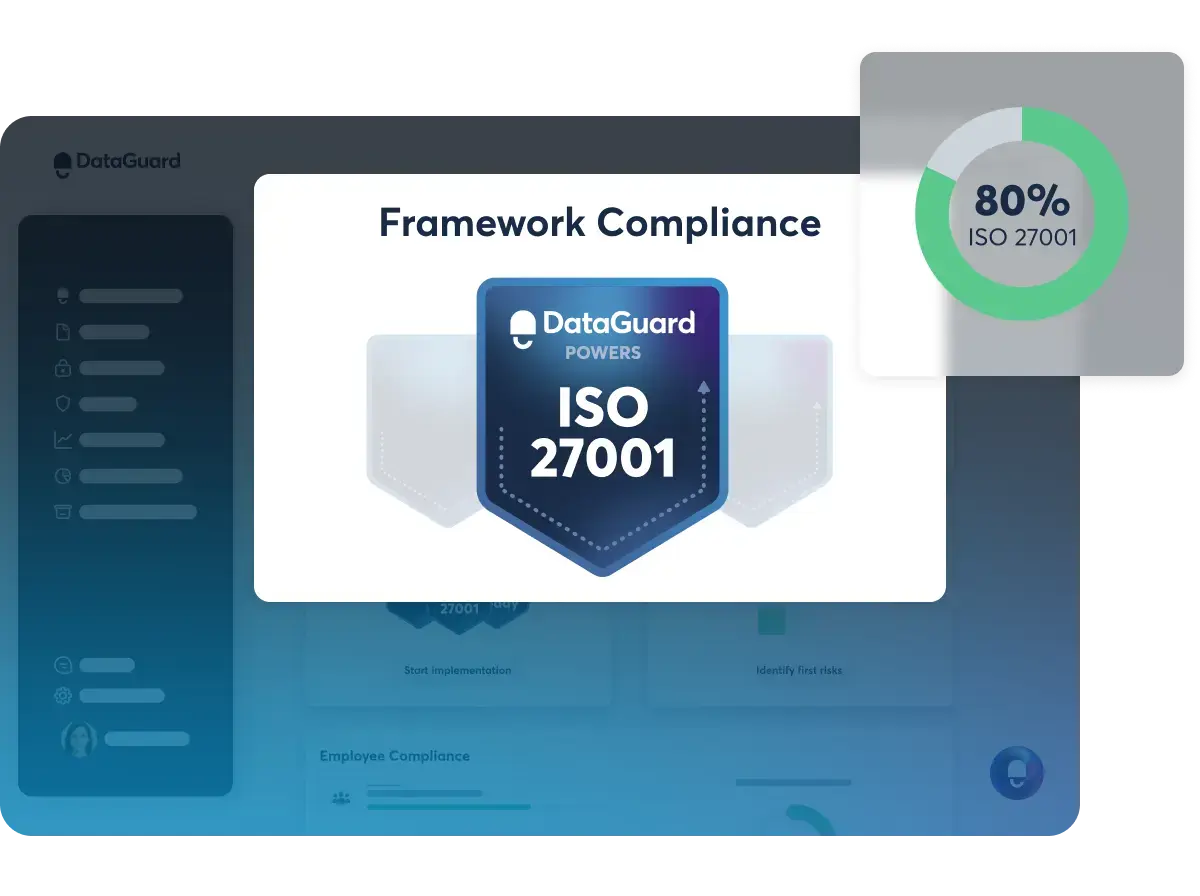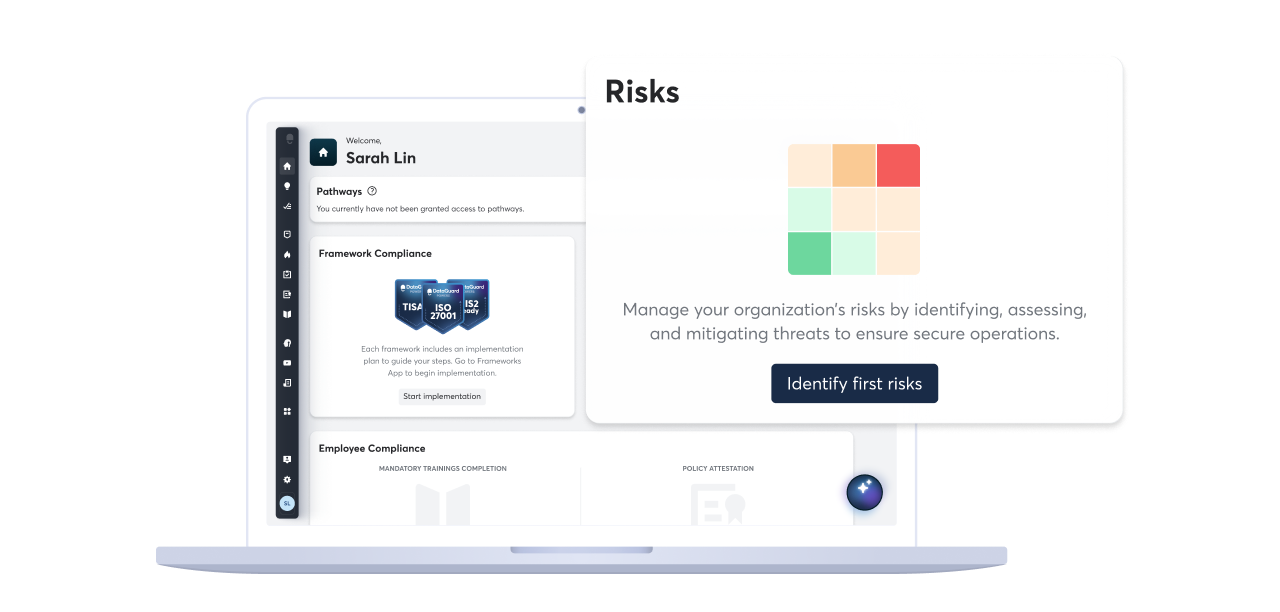ISO 27001 internal audit
ISO 27001 demands planned internal audits to ensure your Information Security Management System (ISMS) meets core requirements.
Learn what an internal audit is and how to conduct one in your organization, and get a checklist to help you prepare for the process.

